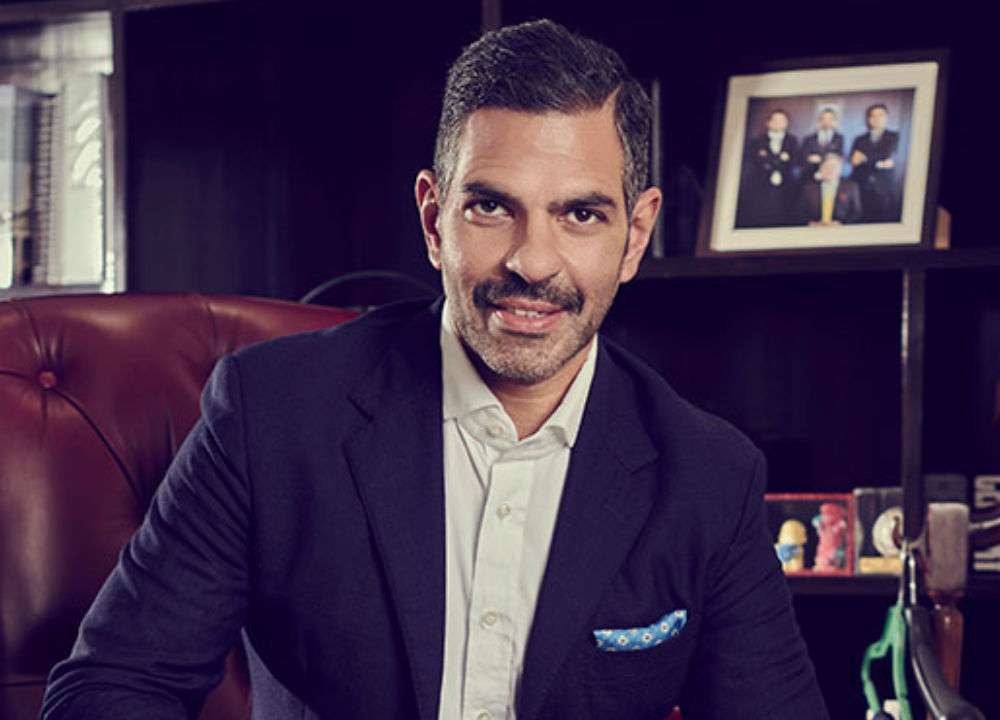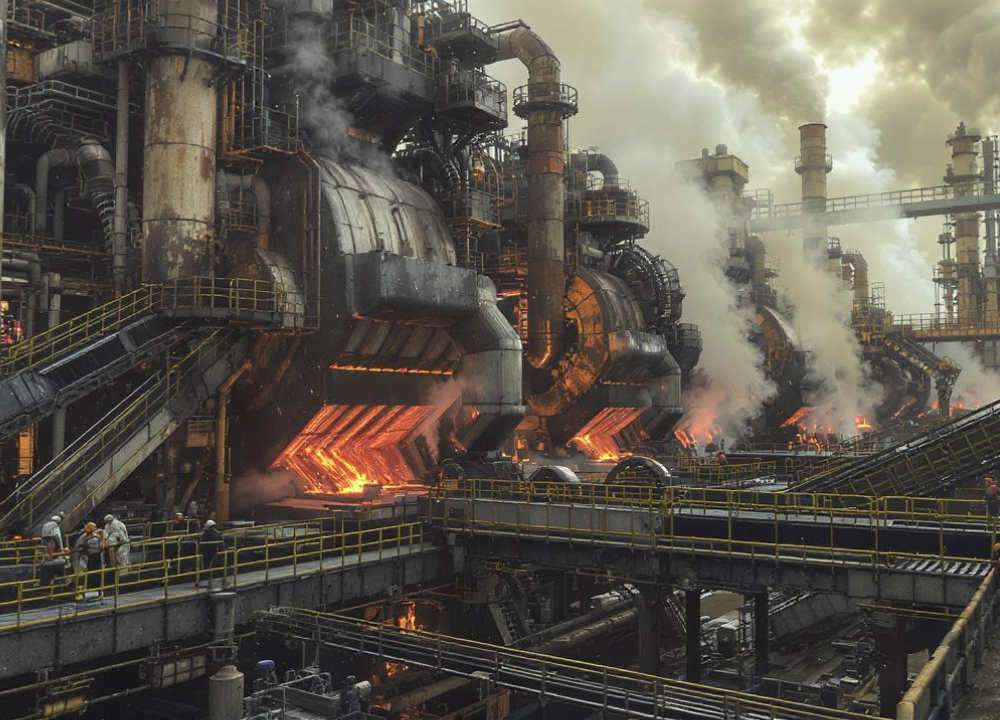The newly announced education policy seems to have well-intended outcomes but that hypothesis will be pertinent only if it is well implemented as well. India’s education system has certainly shown depth in theory-based knowledge dissemination but has mostly lagged behind its global counterparts especially when it comes to making an individual efficient enough for a job. Education should create well rounded human beings.
Skillset: India vis-à-vis globally
As far as the skill set is concerned, Indian engineers are undoubtedly at par in certain fields but in certain fields, they are clearly behind. For instance, when it comes to IT, computers and software, the skill set of our engineers are much better than that of the global counterparts. Even in hardware and manufacturing, our skill sets are okay whereas we lack innovation, product design, and product development. We need our engineers to think out of the box for finding innovative solutions.
Industry-Academia Sync in Engineering
Industry and academia are out of sync in the country. The education system primarily focuses on the theory-based approach and most of the academicians do not understand the real needs of the industry to make any significant contribution to the industry’s research and development. In the area of steel and steelmaking, there is some good support from academia for the industry. However, in most other areas industry and academia are not good partners. Our faculties are disconnected from what is happening and not keeping abreast of the latest technologies. Most of the academicians keep doing what they have done for years and they don’t update themselves.
Scope of engineering skill development training
Most of the curriculum in engineering institutes or government colleges is not designed for skill development to be precise. They just talk about the fundamental aspects of the subject and theory and do not impart practical hands-on experience to the students. The curriculum should shift in a way that students can use their hands to assemble and disassemble machines, products, etc. For example, they talk about the IC engine but they never show it or take it apart or show how it’s functioning. That is a big disadvantage of the Indian education system. We don’t value working with our hands. On a lighter note, we have a tendency to call an electrician to change a bulb, having an engineer in the house.
Typically, none of the educational institutions has top of the line equipment at all whereas industry has top of the line equipment. So, students pass out of these institutions and go to industry, the industry has to make a lot of effort to retrain them. We can see all the big companies have their own training institutes or training programs. So, students out of Diploma or 10+2 and trained by these companies are much better than somebody coming with a B. Tech degree in India. With the number of engineering institutions in India as of today, an engineering degree has become easy to avail and these batch engineers who, because they went to these colleges, expect huge salaries from industry without the required skill set for the job. So there is a big disparity there and the government can take a decisive role by limiting the number of institutes as well as the number of students coming out as engineers every year in India. We can’t have 10 lakh 20 lakh every year without any value addition.
So, there is huge scope for skill development in India. We should have some centralized skill development canters of large and world-class level with all modern facilities which should be open for everyone instead of these mushrooming below par engineering institutes who rake in lakhs of money in the name of creating engineers.
Emerging trends in engineering
Engineering in tandem with manufacturing is laden with emerging trends. As we can see Artificial intelligence, Electric vehicles, and its ecosystems, IoT, Industry 4.0 are making a gradual entry in the engineering and manufacturing space and are expected to change the scenario in the near future. But one fundamental thing one should not forget is core sectors like oil and gas, engineering and construction, steel production, mining should also be parallelly emphasized.
Collaborative approach
As mentioned above AI, EV, IoT is making an entry in India, and given the dearth of industry-academia mismatch so far, a lot of collaboration is expected in these fields of electric vehicles, materials development, IoT, artificial intelligence. These are the areas where industry and academia can work together.
State-of-the-art or out-of-date
Engineering institutes are not much equipped and up to date in India. We still follow texts of yesteryears which are outdated. The problem is as much with the engineering institutions as much as this is with the faculty and infrastructure. Teaching is not so lucrative here in India because of poor remuneration. So, apart from IITs and NITs, most other engineering institutions are subpar with average or below average faculty who fail to motivate students for breakthrough innovations and development. For competitiveness in our engineers, the skill development should be done with infrastructure at the behest of great faculties who can inspire and motivate.
New Education policy
As mentioned above the education policy announced the Union Government will definitely help if we implement the policy well and over the next 10 years we can see a quantum change in the mindset of the people. There is already a drastic difference between somebody going to college 10 years ago and somebody going to college today as the syllabi and patterns have changed. Now with this inclusive education policy, every field including engineering may see a good chance. The education policy will definitely help in creating a great ecosystem in the country. However, we should do away with regionalization, and the preference of local language should be removed. Education should be universal and especially technical education is English. So, instead of nationalization of the education, we should focus on how the curriculum can be developed, how the curriculum can be updated to global standards, and importantly how do we update the teachers.







